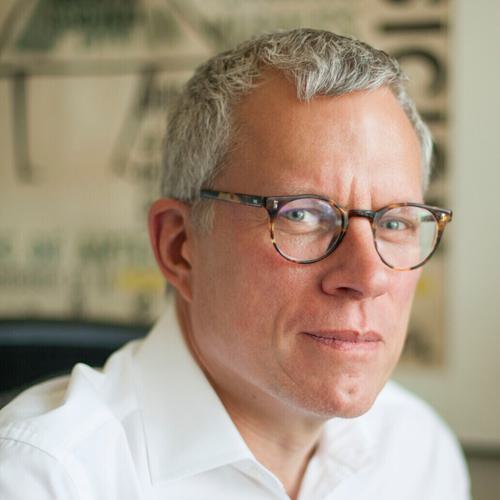
James Oles
Associate Teaching Professor in Art
Specialist in Latin American art, focusing on modern Mexican art and architecture, through museum as well as academic projects.
As both scholar and curator, my research focuses on modern Mexican art, from the 1910 Revolution through the 1960s, though I often venture further afield, to places like Venezuela and Argentina, or the U.S. Southwest. I am particularly interested in U.S.-Mexican cultural interchange; my first major project was called South of the Border: Mexico in the American Imagination, 1914-1947 (Smithsonian Institution Press, 1993). Sometimes I narrow in on very specific topics (a particular mural by Orozco, for example); other times I cast my net widely. In fact, my research interests are pretty diverse: from the Mexican "surrealist" Pedro Friedeberg (b. 1936) to 1930s political prints to art-deco architecture in Argentina to an "archive" of fake works by Frida Kahlo (which I have attacked in the press). This breadth recently allowed me to write a survey covering Mexican art and architecture from the Conquest to today: Art and Architecture in Mexico (Thames & Hudson, 2013).
Although Wellesley long had one of the world's great scholars of Mexican colonial architecture on its faculty (John McAndrew), Latin American art has only been taught here since the mid-1990s. My lectures focus on the history of Mexico from the ancient through modern eras (a student once called my survey class "Mayas to Tamayos"). In more focused seminars, we might deal with public art in Mexico and the United States, the representation of Mexico in cinema, or exhibitions of Latin American art. As well as teaching students how to look carefully and critically, I want them all to be careful and critical writers, and thus push them hard. One of my proudest achievements is having four former students go on to complete Ph.D.'s in Latin American art.
In 2002 I was appointed adjunct curator of Latin American art at the Davis Museum, where I advise on exhibitions and acquisitions, among them our first 18th century painting from South America, a rare portrait of a young woman from Lima, Peru. In fact, the pursuit of great objects for the Davis is one of my greatest passions in life. I only teach in the spring semester: The rest of the year I live in Mexico City where I work as an independent curator and art historian. I have organized several major exhibitions in the United States and Mexico, and often advise collectors, curators, and visiting scholars on the art world there. Sometimes I serve on dissertation committees for students at Mexico's National University, though I prefer to confine my teaching energy to Wellesley.
My research interests and projects are wide-ranging, perhaps more so than those of the "traditional" academic. In 2013 I organized a two-year curatorial project at the UNAM's Centro Cultural Universitario Tlatelolco called "The Exposed Museum," a series of didactic exhibitions using the UNAM collections to allow audiences to understand the content, structure, and context of all exhibitions (the catalogue was published in 2017). In the fall of 2017 I organized "The Most Beautiful Part," a show (with bilingual catalogue) at Mexico City's Museo de Arte Moderno, that featured works from a private collection of photographs, by artists ranging from Manuel Alvarez Bravo to Diane Arbus, all focused on the body. In Spring 2019, we opened a survey of the Latin American holdings of the Davis Museum entitled "Art_Latin_America: Against the Survey," which included some extraordinary donations from alumnae. Two ongoing exhibitions (with catalogues) that I organized are "Diego Rivera's America," the most important show on the Mexican artist in two decades, which was presented at the San Francisco Museum of Modern Art (July 2022 to January 2023) and Crystal Bridges Museum of American Art (March 2023 to July 2023); and "Mexichrome: Color and Photography in Mexico," which opens in Mexico City in November 2023. I am also advising the Museum of Fine Arts, Houston, on a Frida Kahlo exhibition (2025). When these abate, I will turn to a book entitled "Diego Rivera's Heroes," about artists that impacted his work, from Giotto to Kahlo.
Education
- B.A., Yale University
- LL.D., University of Virginia-Main Campus
- Ph.D., Yale University